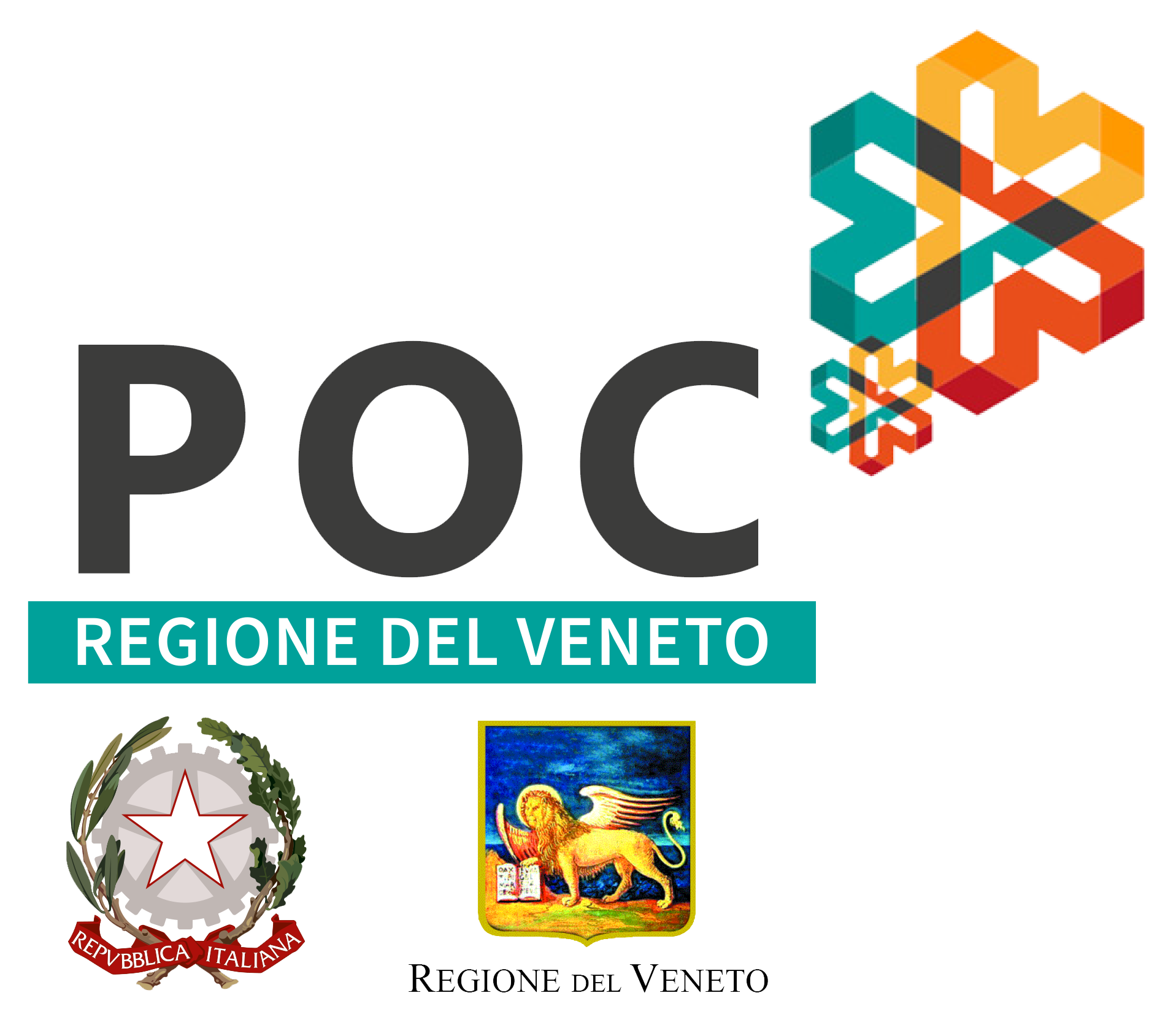The excellent pedoclimatic characteristics of Valpolicella have made it for centuries distinctively remarkable for its vine growing vocation: to the north the Lessini Mountains separate it from the Trentino region, whereas the river Adige to the south-west divides it from the morainic hills around Lake Garda; on the north-eastern side Monte Pastello defines the border with the area of Valdadige. The whole area benefits from the cool climate of the nearby Lake Garda and the fresh airflows from the Lessini Mountains. All of these pedoclimatic features contribute in making this stretch of land suitable for the cultivation of vines.
Our winery has decided years ago to invest in this region, opening a new winery in Valpolicella dedicated exclusively to the cultivation, harvest, raisining and vinification of grapes for the excellent wines of this particular area.
Amarone e Recioto
Compared with the grapes generally used for producing the two versions of Valpolicella wines, namely Valpolicella Classico and Valpolicella Classico Superiore Ripasso, the grapes selected for the production of Recioto and Amarone undergo a special treatment. These wines are, in fact, the outcome of a careful hand selection of the best and undamaged grape bunches. Once they have reached the perfect level of ripeness (usually a few days before the ripening stage required for Valpolicella wines).
The grape bunches are handpicked and carefully collected in one layer in small plastic crates and in the “Arele” in order both to allow for air circulation and to avoid the crushing of the grapes. The crates are then stored in wide, dry and well-ventilated attics, the so called “fruttai”, and left there for three to four months in order for the grapes to undergo the raisining process. By raisining, by means of natural grape drying, the grape berries lose about 30 to 40% of their weight and achieve a high concentration of sugars and other fundamental berry components such as glycerine, extracts and aromas.
The worldwide reputation of Valpolicella wines can be ascribed largely to Recioto, a sweet red wine whose name derives from the word recia. This dialect term of Veronese peasants indicates either the smallest and thinnest bunches or the upper part of a thick grape bunch that are selected to undergo a raisining process that lasts for 30 to 90 days.
Recioto and Amarone: a comparison
The grapes selected for producing Recioto are usually picked later than those used to make Amarone and therefore present a higher sugar content. Furthermore, they undergo a longer raisining process, thus developing more intense and concentrated aromas along with a natural sweetness. Stuck fermentation of the grapes used for Recioto occurs naturally since the extremely high sugar level prevents the yeast from working properly as it normally does for the Amarone wine, the latter lacking or deficient in residual sugars.
These two wine typologies also differentiate in terms of longevity and aging potential: while Amarone is a wine that could benefit from further aging for a few decades, Recioto is best enjoyed if drunk within five to six years after harvest.
All these factors, along with the must concentration achieved by grape raisining and the oak barrel ageing, combine together to obtain a wine with exclusive organoleptic characteristics, that has no equal in the world.




